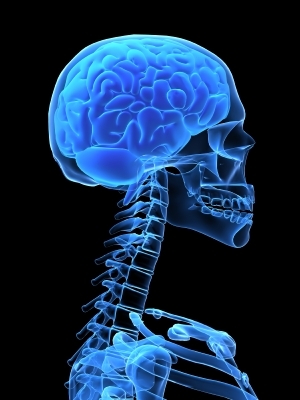There has been a lot of talk about football and concussions in players, but new research suggests that brain changes can occur in high school football players when less severe head injuries occur.
The study found that repeated blows to the head after just one season could cause significant changes in the brain, even if there is no concussion.
The more often the players were struck, the more evidence they showed of brain changes that appeared abnormal.
The study involved 24 high school football players between the ages of 16-years-old and 18-years-old. None of the athletes in the study had ever had a concussion. During every practice and game, the participants wore helmets mounted with accelerometers, which tracked how often and how hard the players were hit.
The players were then divided into two groups based on the data recorded from the helmets. 9 of the athletes were considered heavy hitters, and 16 were considered light hitters.
Using an advanced brain imaging technique, known as diffusion tensor imaging (DTI), the researchers then looked for changes in the white matter of the players’ brains. White matter is made up of millions of nerve fibers that work like communication cables connecting various parts of the brain. DTI provides a measurement of the movement of water along these nerve fibers, known as fractional anisotropy (FA).
In a healthy brain, the movement of water is even and has high FA. More random water movement and a drop in FA suggest abnormalities in the brain.
Even though none of these players sustained a concussion, by the end of the football season, the players in the heavy hitter group had more significant drops in FA than the players in the light hitter group.
The evidence suggests that repeated hits to the head may cause serious concern. Unlike the obvious and immediate effects of a stroke, such as paralysis or the inability to speak, the cumulative effects of mild brain injuries could be much more subtle, involving things like concentration, attention or memory, and would likely not be detectable using conventional bedside testing.
Although the study raises concerns about contact sports, the researchers emphasized that larger studies are needed to determine if these brain changes could lead to any long-tern consequences.
If your child has sustained a traumatic brain injury, contact our law office for more information.

